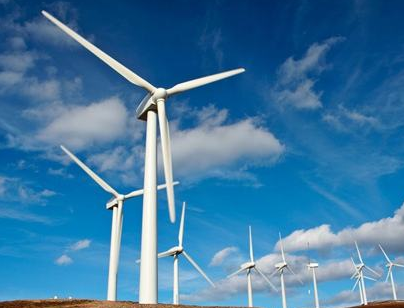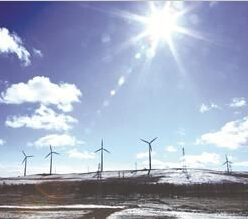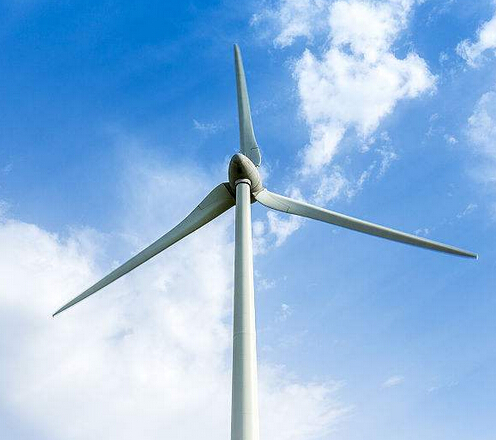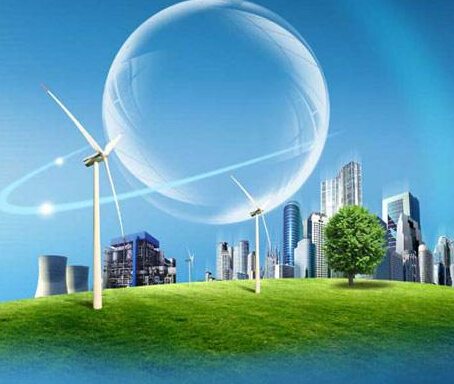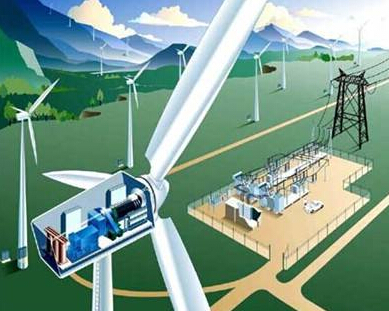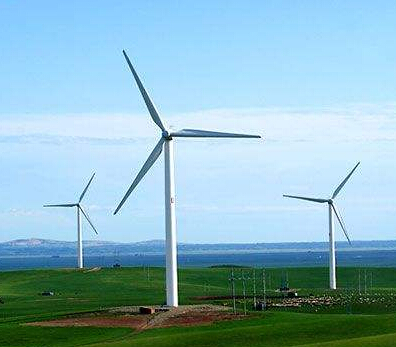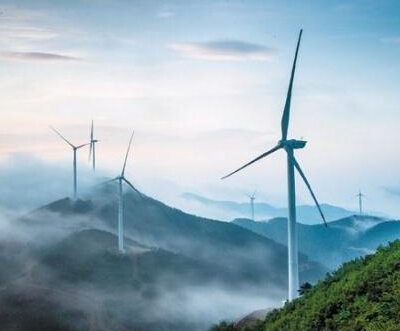After the "5·31" New Deal, the overheated photovoltaic industry cooled rapidly and gradually returned to rationality. On the other hand, in the wind energy industry, there has been no substantial progress in bidding online, and it has become the "Sword of Damocles" hanging in this industry.
It should be noted that at present, China's wind power is facing a new test, that is, the realization of the wind level price target in 2020. The reporter learned that the cost of wind power has dropped significantly in recent years. In many parts of the world, affordable Internet access has been achieved in many places.
As the wind level price is getting closer and closer, the bidding online policy has begun to be implemented. It can be said that the next few years will be a crucial period for the development of the wind power industry. However, the industry still faces many challenges, such as supervision and infrastructure construction. When wind power no longer needs to rely on subsidies, how should companies face a new environment and choose a better future?
New era of industry development
After 30 years of development, China's wind power industry has grown up. According to the data provided by the China Renewable Energy Society, the cumulative installed capacity of wind power in China reached 188 million kilowatts in 2017, of which the grid-connected capacity was 164 million kilowatts. According to the latest data from the Energy Bureau, from January to June 2018, the national wind power grid has a new grid-connected capacity of 7.94 million kilowatts. Generally speaking, as of the first half of this year, the cumulative wind power grid-connected capacity of the country has reached 171.6 million kilowatts. These data also reflect: China's wind power is still maintaining a rapid and healthy development trend.
The scale of China's wind power industry development is also expanding. The mainstream energy central enterprises are actively transforming from traditional fossil energy to renewable energy, with outstanding achievements. The amount of investment in local enterprises and private capital continues to grow, and the scale of the wind power operation and maintenance market continues to expand, and will continue to maintain a high growth rate in the future.
According to industry insiders, China's wind power now has the ability to compete with traditional energy sources such as thermal power. This year, the price of wind power bidding is between 0.2 yuan and 0.3 yuan / kWh. Before many years, this data is still at the level of 0.8 yuan / kWh, which is more than half. Qin Haiyan, secretary-general of the Wind Energy Professional Committee of the China Renewable Energy Society, pointed out that under the general trend of falling electricity prices, the wind level price Internet will be a reality that our entire industry has to face.
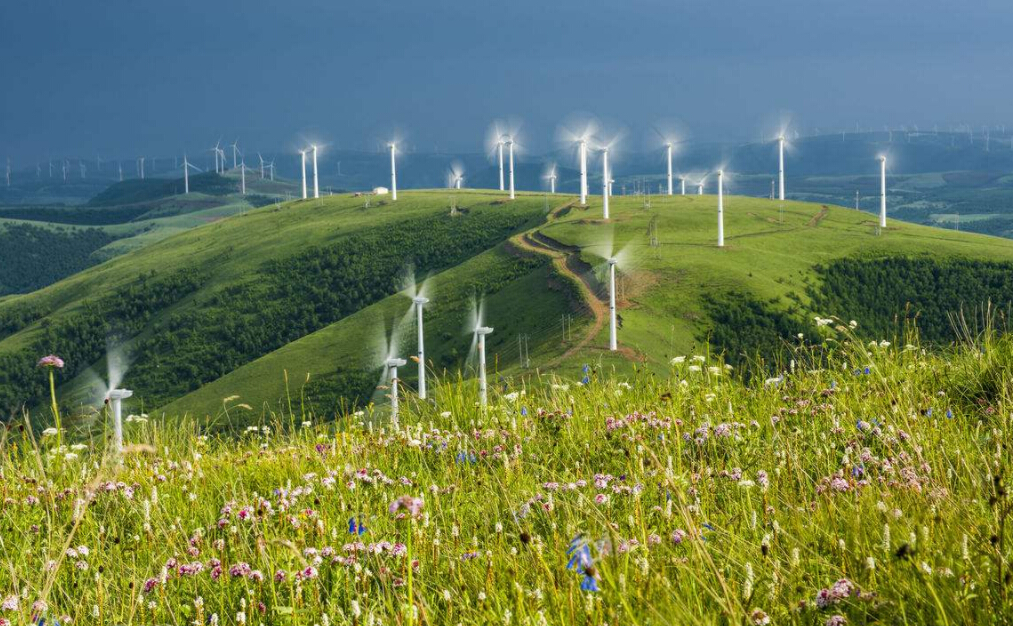
2018 is a turning point in the wind power industry. It is understood that in May this year, the National Energy Administration issued the "Notice on the Relevant Requirements for Wind Power Construction Management in 2018", clearly stipulating the implementation of competition methods to allocate wind power projects. The wind turbines of major manufacturers have continued to evolve, and the price of the whole machine has continued to decline. It has dropped to 3,200 yuan in the first half of this year and will further bottom out in the second half of the year. Although the industry expects the new installed capacity to be comparable to 2017, the difference is that the average market price of the whole machine has dropped by nearly 1,000 yuan/kW year-on-year, and the competition among wind turbine enterprises has become more intense.
It is worth noting that in 2020, the subsidy limit will gradually become closer, and wind power developers and local energy authorities that are accustomed to the fixed benchmark on-grid tariff policy will also try to transition to the full-fledged variable through innovative competitive resource allocation. The era of subsidies.
Another point is that China's wind power industry faces enormous challenges in the new situation of tariffs and subsidies. It faces competition from traditional energy sources and other renewable energy sources such as photovoltaics. It also includes competition among enterprises in the wind power industry.
Qin Haiyan pointed out that the main contradiction that restricts the development of the wind power industry has now undergone a fundamental change, and cost and technology are no longer the biggest constraints. He said that technological innovation has become the primary problem facing the development of wind power.
In fact, faced with many challenges such as market competition, power price decline, wind curtailment, subsidy arrears, and eco-environmental protection, equipment suppliers, developers and other industries are actively facing and exploring all aspects.
















 RCCN WeChat QrCode
RCCN WeChat QrCode Mobile WebSite
Mobile WebSite